17 Essentials to Pack for Your Botanical Garden Visit When You’re Travelling Light
Learn the essentials to pack for a botanical garden visit, so that you are prepared but can still travel light. This list moves through the obvious suggestions like, dress for the weather, wear a hat, etc and offers some suggestions of the kinds of essentials that hardly take up any space but can make or break your visit if you leave them behind.
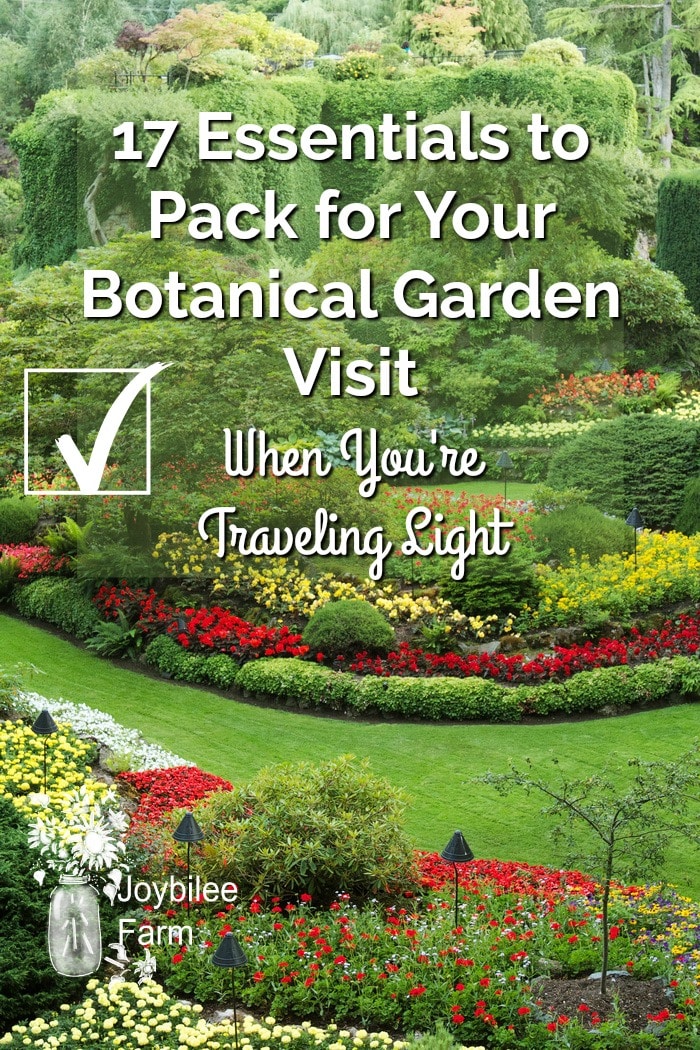
Essentials to Pack for Botanical Garden Trip
When you plan a botanical garden visit into your vacation, you want to think ahead so that you pack the essentials, but can still travel light. If it’s your first garden visit, this list of essentials will help ensure an enjoyable visit. A botanical garden visit can last 2 to 3 hours if you are just browsing a few themed gardens and 5+ hours if you plan to look at everything. Packing what you need ahead of your trip will ensure that you are well equipped to get the most out of your day in the garden.
Dress for the weather
Most botanical gardens are outdoors. The weather can be unpredictable with sudden showers, thunderstorms, heat waves. Check the forecast the morning of your planned visit and dress accordingly. Weather is more likely to be unpredictable in the shoulder seasons: April to June and September to November. Be prepared.
Dress in layers
The temperature and humidity can change rapidly even on the same day in different parts of the garden. Dress in layers so that you can make adjustments easily. A short sleeve shirt under a light sweater, and packable rain gear, like this, will keep you comfortable. You won’t want to run back to your car to grab a coat if the wind picks up or it starts to sprinkle. I don’t usually carry an umbrella because I like my hands free when I explore, but if you prefer an umbrella make it a windproof folding umbrella like this one, that will pack up small and keep your pack light.
Wear comfortable walking shoes with closed toes
You don’t want to wear flip-flops or open-toed sandals. Grounds in botanical gardens can be naturally uneven, so leave the heels at home and opt for comfortable walking shoes that support your arch and allow for flexible movement. Wooden clogs are also a hazard in a botanical garden due to the uneven ground so leave them at home. Waterproof shoes are beneficial since puddles abound in most botanical gardens both from rain and from the drip irrigation and sprinkler systems.
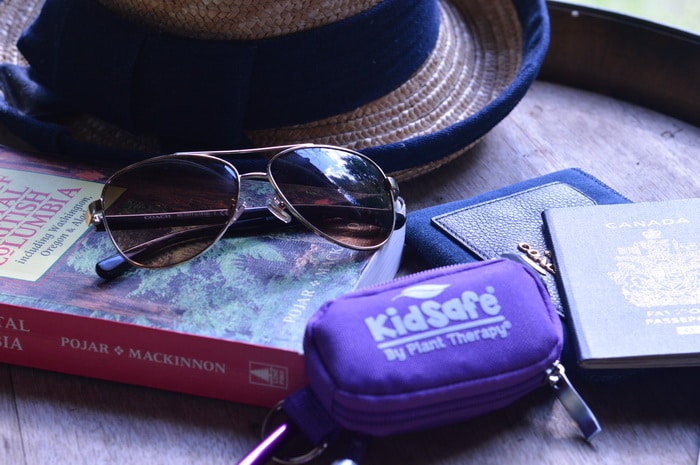
Pack a sun hat and sunglasses
Many flowering plants require full sun. Much of the botanical garden will be hot with few areas of shade. Wear a broad-brimmed hat to protect your eyes and your face and neck from sunburn. Don’t forget sunglasses to protect your eyes on bright sunny days. You can slip them off to check the details of flowers and insects, but you’ll appreciate the relief from eye strain that they offer.
Carry a light day pack
For hands-free enjoyment of a botanical garden visit, carry your belongings in a light day pack. This is more convenient than a purse, allowing you to retrieve what you need easily, but leaving your hands free to take notes or take pictures. Carry your valuables in the pack and lock your suitcases in the trunk out of sight for best security.
Bring your camera
While many botanical gardens have rules against commercial photography or even taking personal photos to build a professional portfolio, you can take pictures freely for personal, non-commercial use. Bring a camera or have a fresh battery and memory storage card in your cell phone so that you can take ample photos. Most botanical gardens don’t allow monopods, selfie sticks, tripods, and other camera stabilizing equipment, though, so travel light.
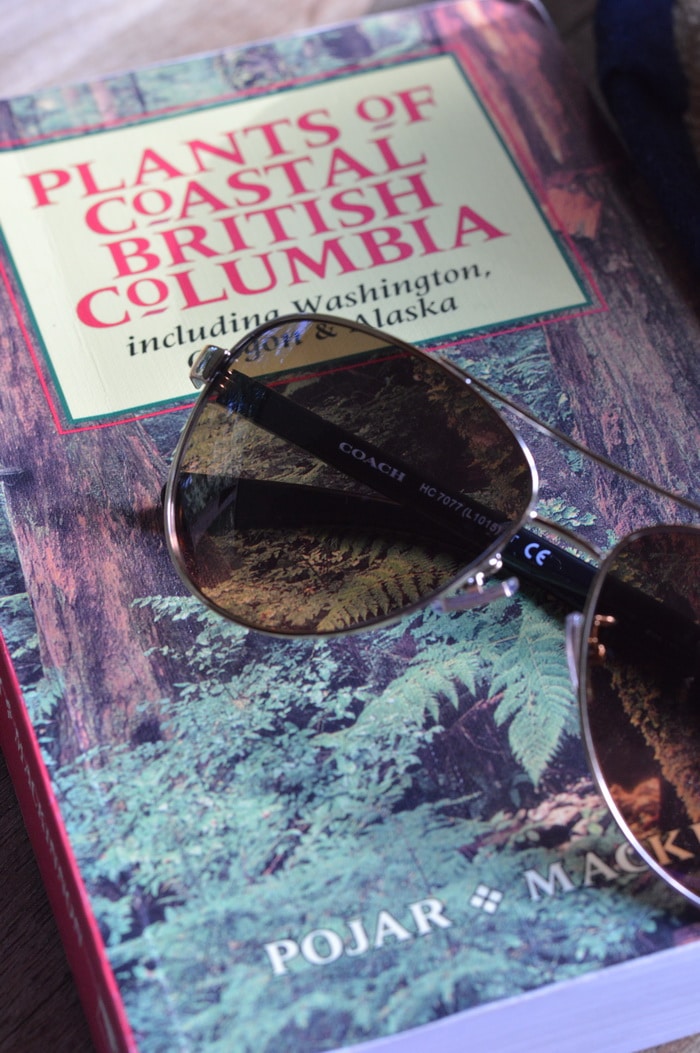
Bring a plant field guide
In a botanical garden, many of the plants are identified with a marker, but there are times when the marker might be difficult to decipher or it might be missing altogether. There are a few plant ID phone apps that allow you to take a picture of a plant and get a suggested ID, however, most reviewers say these apps are error-prone. Using a field guide can help you identify common botanical plants that might be unfamiliar to you. Field guides may be available from the information desk at the botanical garden. You might also find a botanical field guide in the gift shop of the botanical garden you visit if you forget yours at home.
Bring a water bottle
While most botanical gardens have a restaurant or snack bar, you’ll want to bring water for the hike around the garden. You may even be able to refill your bottle during your visit from the water coolers situated around the park. Use a stainless steel water bottle with a loop cap so that you can easily attach it using a carabiner to your day pack or belt look. Leave the glass bottles at home though, since glass bottles can become hazardous in the rough terrain of the garden.
Bring snacks
Bring light snacks to eat in the garden like this or this — especially if you are travelling with someone with special dietary needs. The small area allotted to food prep may not allow for segregation of food prep areas. Many botanical gardens have areas where you can purchase a light lunch, coffee, tea, or snacks. Few though will have a full menu or full-time hours of operation.
A loupe eyepiece or magnifying glass
Loupe eyepieces make viewing small details on flowers or insects easier. You can find these inexpensive magnifying glasses on Amazon or in science-focused stores. They take up very little room in your pocket. Use them to get a closer look at leaves, flowers, or insects. Some loupes are equipped with LED lights to make viewing small objects easier. Note that you will need to view specimens as they are growing. Most gardens prohibit cutting of leaves, flowers, seed heads or catching of insects.
A field notebook and pen
Field notebooks are waterproof. They can be very useful for recording which plants are of interest to you or specific botanical varieties that you want to look for to add to your own garden. If you have the opportunity to talk to a botanist at the garden, you’ll be glad you brought a notebook to record your insights.
Insect repellent and sunscreen
Using natural insect repellents and sunscreen can allow you to enjoy your visit longer. Many botanical gardens are practicing integrative pest control, which means that the pests, including mosquitoes and black flies, are controlled by their natural predators. But they aren’t eliminated. Using a natural insect repellent can ensure that you aren’t on the menu for their next meal.
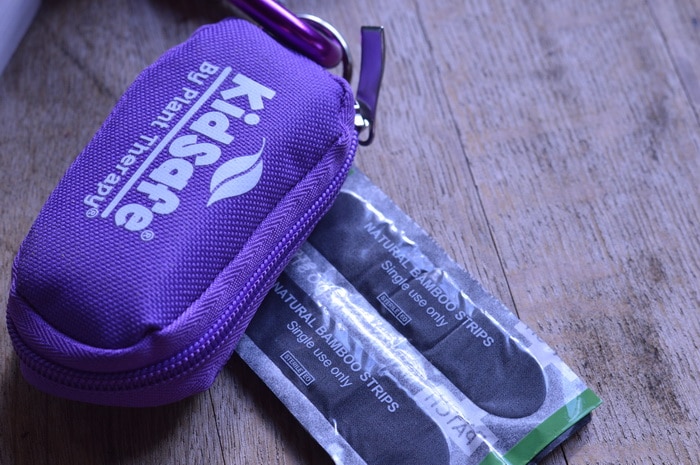
A pocket travel first aid kit
You’ll need a small travel first aid kit for the little inconveniences that can happen when you are out for a walk. Bandages or moleskin for blisters, nicks, and scrapes. Rollers of prediluted essential oils for pain, headaches, stomach aches, stings, and wound care. Benadryl or stinging nettle tincture or another antihistamine for allergies. Tweezers for sliver removal, and a tube of ointment or salve for bumps and scrapes. I like to use a lip balm or lip gloss container for this small portion of DIY ointment. Add a couple of tea bags of chamomile tea for nausea or the telltale signs of too much sun. The whole kit is small enough to fit in an Altoids tin.
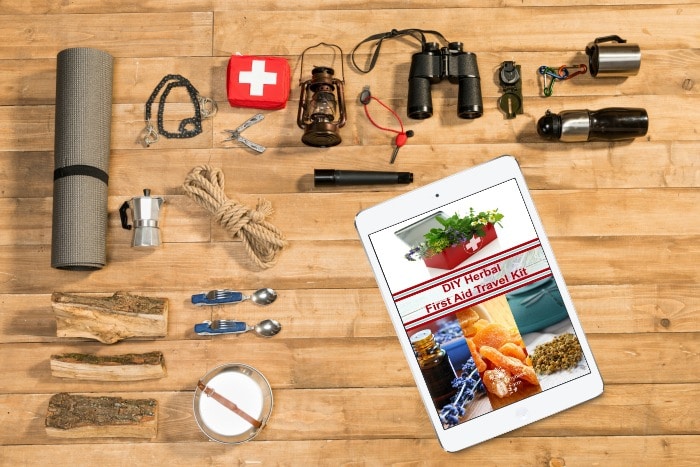
For a fully equipped travel first aid kit see my course, “The DIY Travel First Aid Kit” here.
Your business card or contact information
If you enjoy the garden and want to connect further with the people from the garden society or board, be sure to have a few business cards to pass out. Your relationship with the botanical gardens you visit can be mutually beneficial over the long term, especially as you practice some of the new techniques you’ll learn.
A printed map of the botanical garden
You may be handed a map of the garden when you pay your admission charge, but not all gardens are printing on paper these days. You can download a map of the garden to your phone or print a copy of the garden map before you leave home so that you can find what you want to see easily.
Money or a bank card
Most botanical gardens charge a small admission charge that reflects the size of the garden. Expect to pay between $10 and $30 for one adult admission, depending on whether it is a private garden with a lot of activities or a government-sponsored garden with fewer activities. Some botanical gardens are parks and are free.
Check the garden’s website for hours of operation and cost of admission so there are no surprises or disappointments. Some botanical gardens are closed on Mondays. Research before you go.
Many gardens are only open during the summer months. And this is also when they do their renovations. Check the garden’s website for closures, so that you won’t be disappointed and find that your favourite part of the garden is closed off the very day you want to visit.
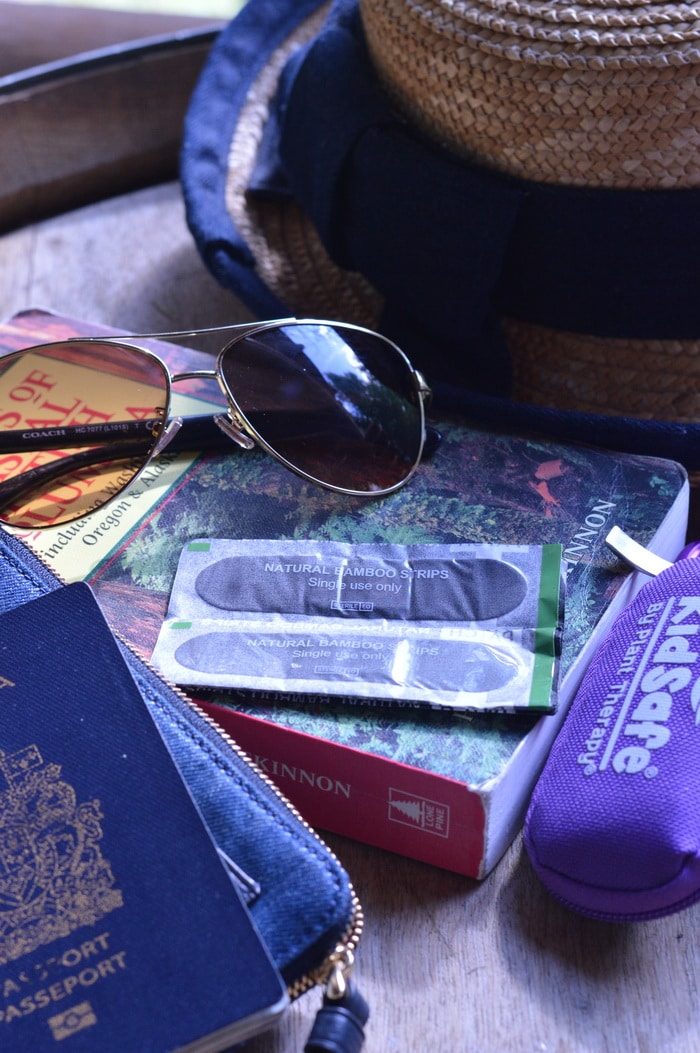
Your curiosity and sense of wonder
Botanical gardens are created by professional landscape artists and botanists to be awe-inspiring and memorable. They often test new ideas in experimental beds before committing larger areas of the garden to them. These are the ideal areas of the botanical garden to come and observe for a day or a season. What is working? Why is it working or not working? What could be changed or tweaked to make it more successful? Bring your wonder, your curiosity, your experience and join in the conversation.
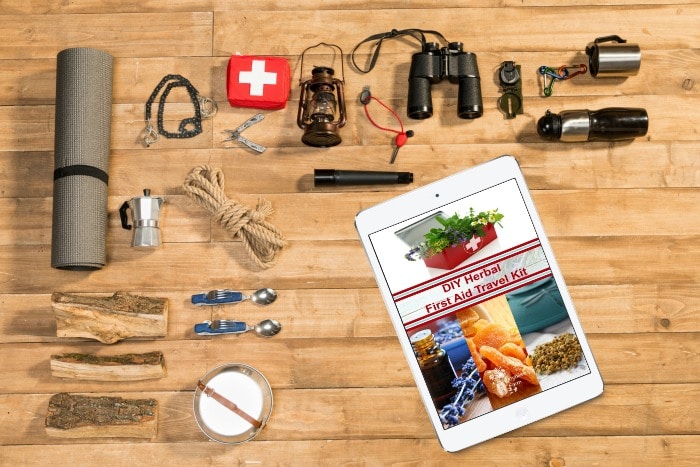
As you are planning for your vacation be sure to include my course, The DIY Herbal First Aid Travel Kit class It will teach you how to make simple herbal remedies suitable for packing in your carry-on luggage or your camping backpack or your RV first aid kit. So you’ll always be prepared, even when you are away from home, for minor health challenges. Plus my course will teach you how to refill your supplies even if you are on the road or camping. You’ll never again be without the safe and effective remedies you need.




Leave a Reply